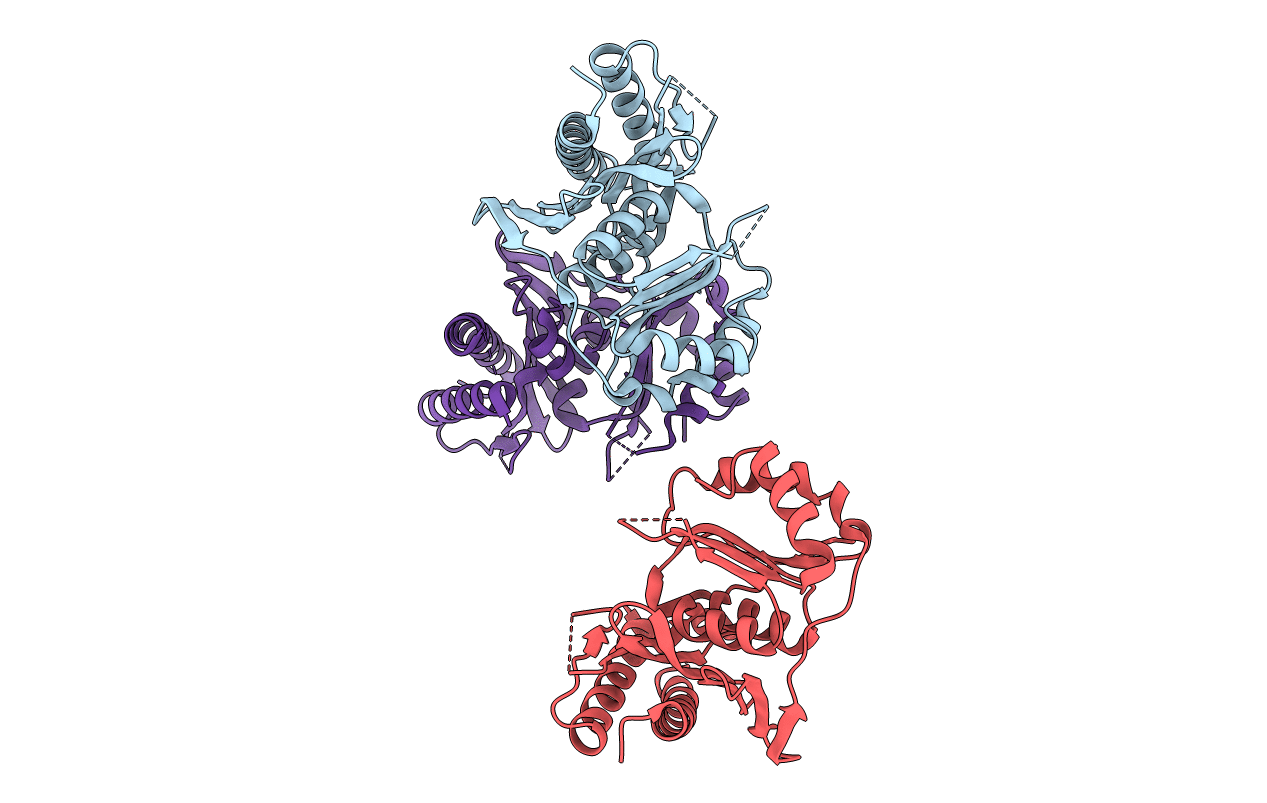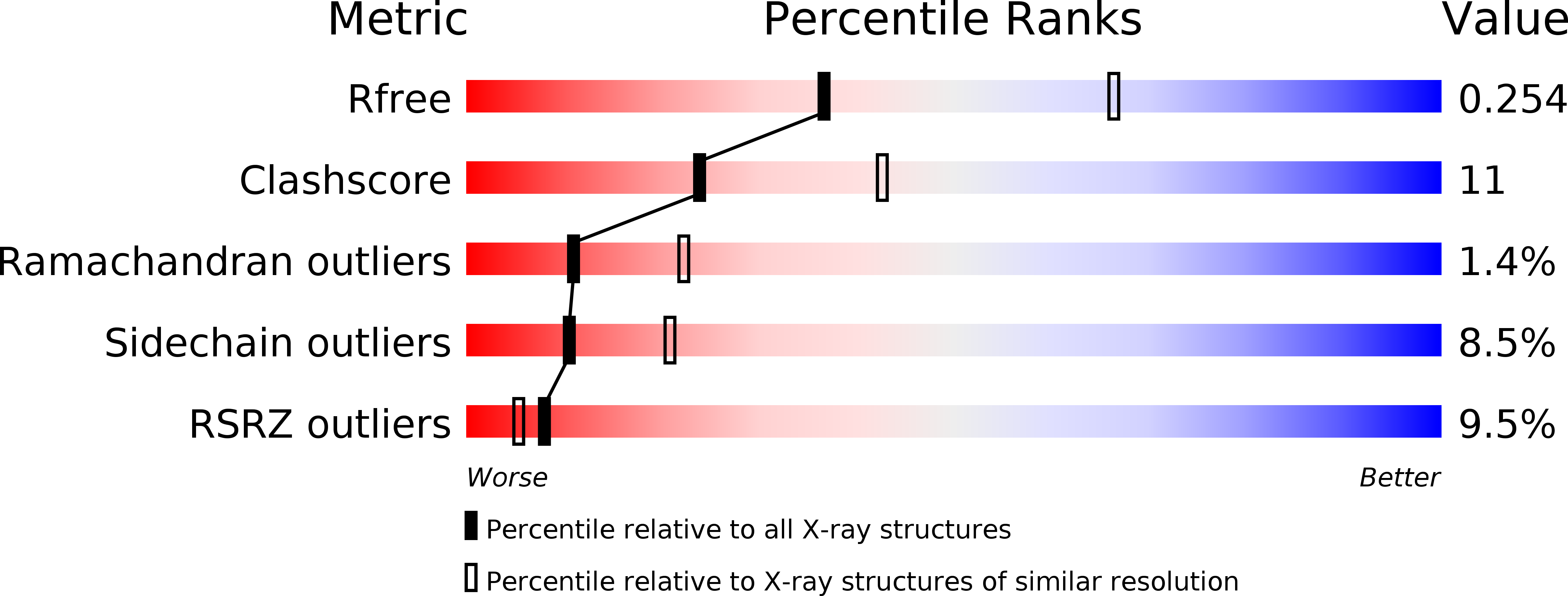
Deposition Date
2007-06-06
Release Date
2007-10-23
Last Version Date
2023-08-30
Entry Detail
Biological Source:
Source Organism:
Mycobacterium tuberculosis (Taxon ID: 83332)
Host Organism:
Method Details:
Experimental Method:
Resolution:
2.60 Å
R-Value Free:
0.24
R-Value Work:
0.22
R-Value Observed:
0.22
Space Group:
C 2 2 21


